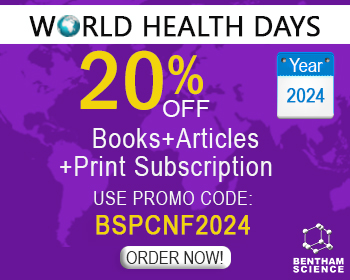Abstract
The article reviews the evidence and extent of the excess cardiovascular risk in patients with rheumatoid arthritis (RA), systemic lupus erythematosus (SLE) and ankylosing spondylitis. RA entails nearly twice as high a standardized mortality ratio and is considered an equivalent of type 2 diabetes with regard to cardiovascular risk. The associated excess cardiovascular risk can only partly be explained by traditional risk factors, and the underlying inflammation is crucially involved in the pathogenesis.
Data obtained from patients with early RA suggest that serum triglycerides, a proxy of disease activity as markers of systemic inflammation, impaired function of apolipoprotein A-I and HDL particles, and mediating hypertension are determinants of the excess cardiovascular risk. These changes seem to be preceded by a lowering of total cholesterol and are followed in the course of the disease by immune processes typically illustrated by positivity of rheumatoid factor. Evidence is available to postulate the notion that reduced plasma lipoprotein- associated phospholipaseA2 mass or activity, mediated by diminished hydrolysis of VLDL triglycerides and of Lp(a) phospholipids, may induce reduction or altered composition of HDL particles and apoA-I dysfunction which, along with elevated plasma triglycerides, initiate and contribute to chronic inflammation.
Lifestyle modification, traditional non-steroidal anti-inflammatory drugs and cyclo-oxygenase-2 inhibitors, low-dose corticosteroids, statins, tumor-necrosis-α inhibitors and, particularly, the immunosuppressive methotrexate, all have potential beneficial effects in eliciting a reduction in disease activity and cardiovascular risk. Adherence to the recent EULAR recommendations is a key in the prevention and management of cardiovascular risk among patients with rheumatic diseases.
Keywords: Anti-TNF therapy, cardiovascular diseases, disease-modifying anti-rheumatic drugs, HDL dysfunction, inflammation, lipoprotein(a), rheumatoid arthritis, syssystemic lupus erythematosus (SLE), ankylosing spondylitis, rheumatoid factor

























